༄༅། །འཕགས་པ་བཀྲ་ཤིས་བརྒྱད་པའི་ཚིགས་སུ་བཅད་པ། The Verses of the Eight Noble Auspicious Ones by Mipham Rinpoche ལས་གང་ཞིག་རྩོམ་པ་ན་ཐོག་མར་འདི་ཚར་གཅིག་བརྗོད་ན་གྲུབ་པ་བདེ་བ་ཡིད་བཞིན་དུ་བྱེད་པར་འགྱུར་བས་ཅི་ནས་ཡིད་ལ་བྱའོ། ། It is very important to recite this through once before starting on any activity; whatever the project, it will work out exactly as you wish. ཨོཾ། སྣང་སྲིད་རྣམ་དག་རང་བཞིན་ལྷུན་གྲུབ་པའི། ། om, nangsi namdak rangzhin lhündrubpé Oṃ! Homage to the Buddha, Dharma and Noble Saṅgha— བཀྲ་ཤིས་ཕྱོགས་བཅུའི་ཞིང་ན་བཞུགས་པ་ཡི། ། tashi chok chü zhing na zhukpa yi All that dwell in the auspicious realms of the ten directions, སངས་རྒྱས་ཆོས་དང་དགེ་འདུན་འཕགས་པའི་ཚོགས། ། sangye chö dang gendün pakpé tsok Where appearance and existence is completely pure, its nature spontaneously perfect, ཀུན་ལ་ཕྱག་འཚལ་བདག་ཅག་བཀྲ་ཤིས་ཤོག ། kün la chaktsal dakchak tashi shok May everything be auspicious for us all! སྒྲོན་མེའི་རྒྱལ་པོ་རྩལ་བརྟན་དོན་གྲུབ་དགོངས། ། drönmé gyalpo tsalten döndrup ...
Posts
Showing posts from December, 2022
ཚིག་བཀོད་མཁན།
Tashi Dorji
བཙུགས་ཚེས།
༄༅། །ཨོཾ་རྗེ་བཙུན་མ་འཕགས་མ་སྒྲོལ་མ་ལ་ཕྱག་འཚལ་ལོ། ། ༡༽ སྒྲོལ་མ་མྱུར་མ་དཔའ་མོ་ལ་བསྟོད་པ། ཕྱག་འཚལ་སྒྲོལ་མ་མྱུར་མ་དཔའ་མོ། ། སྤྱན་ནི་སྐད་གཅིག་གློག་དང་འདྲ་མ། ། འཇིག་རྟེན་གསུམ་མགོན་ཆུ་སྐྱེས་ཞལ་གྱི། ། གེ་སར་བྱེ་བ་ལས་ནི་བྱུང་མ། ། ༢༽སྒྲོལ་མ་ཅན་མ་ལ་བསྟོད་པ། ཕྱག་འཚལ་སྟོན་ཀའི་ཟླ་བ་ཀུན་ཏུ། ། གང་བ་བརྒྱ་ནི་བརྩེགས་པའི་ཞལ་མ། ། སྐར་མ་སྟོང་ཕྲག་ཚོགས་པ་རྣམས་ཀྱིས། ། རབ་ཏུ་ཕྱེ་བའི་འོད་རབ་འབར་མ། ། ༣༽སྒྲོལ་མ་བསོད་ནམས་མཆོག་སྟེར་ལ་བསྟོད་པ། ཕྱག་འཚལ་སེར་སྔོ་ཆུ་ནས་སྐྱེས་ཀྱིས། ། པདྨས་ཕྱག་ནི་རྣམ་པར་བརྒྱན་མ། ། སྦྱིན་པ་བརྩོན་འགྲུས་དཀའ་ཐུབ་ཞི་བ། ། བཟོད་པ་བསམ་གཏན་སྤྱོད་ཡུལ་ཉིད་མ། ། ༤༽སྒྲོལ་མ་གཙུག་ཏོར་རྣམ་རྒྱལ་མ་ལ་བསྟོད་པ། ཕྱག་འཚལ་དེ་བཞིན་གཤེགས་པའི་གཙུག་ཏོར། ། མཐའ་ཡས་རྣམ་པར་རྒྱལ་བ་སྤྱོད་མ། ། མ་ལུས་ཕ་རོལ་ཕྱིན་པ་ཐོབ་པའི། ། རྒྱལ་བའི་སྲས་ཀྱིས་ཤིན་ཏུ་བསྟེན་མ། ། ༥༽ སྒྲོལ་མ་རིག་བྱེད་མ་ལ་བསྟོད་པ། ཕྱག་འཚལ་ཏུཏྟཱ་ར་ཧཱུྃ་ཡི་གེ ། འདོད་དང་ཕྱོགས་དང་ནམ་མཁའ་གང་མ། ། འཇིག་རྟེན་བདུན་པོ་ཞབས་ཀྱིས་མནན་ཏེ། ། ལུས་པ་མེད་པར་འགུགས་པར་ནུས་མ། ། ༦༽སྒྲོལ་མ་འཇིགས་བྱེད་མ་ལ་བསྟོད་པ། ཕྱག་འཚལ་བརྒྱ་བྱིན་མེ་ལྷ་ཚངས་པ། ། རླུང་ལྷ་སྣ་ཚོགས་དབང་ཕྱུག་མཆོད་མ། ། འབྱུང་པ...
- Get link
- X
- Other Apps
ཚིག་བཀོད་མཁན།
Tashi Dorji
བཙུགས་ཚེས།
གནས་སོར་དང་པ་ དགོན་ཤ་རི་སློབ་གྲྭ་ཆུང་བ། ༉ སྤྱི་ལོ་༢༠༡༩་ རང་ཟླ་༡༡་པའི་ནང་ སྤུངས་ཐང་བདེ་བ་ཆེན་པོའི་ཕོ་བྲང་གི་ རྒྱལ་ཡོངས་ཁག་འབགཔ་ སྤྱི་གཏང་སློབ་དཔོན་གྱི་ དྲི་བ་དྲིས་ལན་ནང་ལས་ བཙག་འཐུ་གྲུབ་སྟེ་ སྣུམ་འཁོར་ཌི་སེམ་གཅིག་ནང་ ས་རང་མེད་རོགས་ཀྱི་གཡུས་འགྱིམ་སྟེ་ བློ་དམན་རང་ཡང་ ཕྱོགས་དགའ་ས་ཧོངས་ལུ་ ལམ་འགྲུལ་འབད་ནི་འགོ་བཙུགས་ཅི། དེ་བསྒང་ ཐིམ་ཕུག་ལས་འགྱོ་བའི་སྐབས་ བཟའ་འཐུང་གི་རིགས་ཚུ་ སློབ་གྲྭ་གི་སྦོ་ལོག་ཁར་ཡོད་པའི་ ཚོང་ཁང་ཚུ་ལས་འཐོབ་དོ་འོང་མནོ་སྟེ་ གདན་སྲབ་ཁོད་ཁོད་གཅིག་དང་ མལ་ཆ་གཉིས་ དུས་རྒྱུན་དགོ་པའི་ཐབ་ཆས་དག་པ་ཅིག་འབག་སྟེ་ འགྱོ་ཡོད་རུང་ རིམ་ཆུ་ཟེར་ས་ལུ་ མ་ལྷོདཔ་ཅིག་ཁར་ དགོན་ཤ་རི་ལུ་ ཚོང་ཁང་ཡང་གཉིས་རྐྱངམ་ཅིག་ཡོདཔ་ལས་ འཕྲལ་འཕྲལ་ཁག་ཆེ་བའི་ ཅ་དངོས་དང་བཟའ་འཐུང་ཚུ་ཡང་ འཐོབ་མ་ཚུགས་པའི་དཀའ་ངལ་ཡོད་ལུགས་དང་ སློབ་གྲྭ་འདི་ཡང་ དགའ་ས་འགྱོ་སའི་ལམ་གྱི་ལྟག་ལུ་ མོ་ཆུ་གི་གཡས་ཁ་ཐུགས་ཆགས་ཡོད་པའི་སྐོར་ལས་ དེད་གཡོག་དང་ཨ་ཞེམོ་གིས་བཤད་དེས། ༼དགོན་ཤ་རི་སློབ་གྲྭ་ཆུང་བ། སྤྱི་ལོ་༢༠༡༩།༽ དུས་ཡུན་ཆུ་ཚོད་ ༣ དེ་ཅིག་ལུ་ སློབ་གྲྭ་གི་ཉེ་འདབས་ལུ་ ལྷོད་དེ་བལྟ་བའི་སྐབས་ ལུང་མའི་ནང་ནོར་འབྱང་དཔ་བཟུམ་ ཆུ་ཟིང་གཏང་ སེམས་ཡང་སྟོང་ཧང་ཧ་ འབད་ནི་འག...
- Get link
- X
- Other Apps
ཚིག་བཀོད་མཁན།
Tashi Dorji
བཙུགས་ཚེས།
This Dzong is the Bhutanese equivalent of Count Dracula’s castle. The present-day eerie tales that abound about the ruins of the Zhongar Dzong are as spectacular as its origin and history. The Bhutanese equivalent of Count Dracula’s castle, the Dzong is pretty much avoided by the locals today. There is no written history of the Dzong. Oral account believes that a king named Karpo Dung who invited a famous architect from Paro by the name of Zochhen Bala to design and built the fortress commissioned the Dzong. The architect is believed to have come across a white stone, shaped like a bowl, on a mound just above the Kurichhu. He called the place Zhongkar (Zhong = bowl and Kar = White) and decided to build the fortress there. On the way to construct the Dzong, the Tsen (cliff deity) is believed to have sent two of his deputies to kill the architect. Bala miraculously survived the encounter. On arrival, Bala took seven days to create a model of the Dzong from stems of the Artemisia (Khnpash...
- Get link
- X
- Other Apps
I LOVE MY COUNTRY
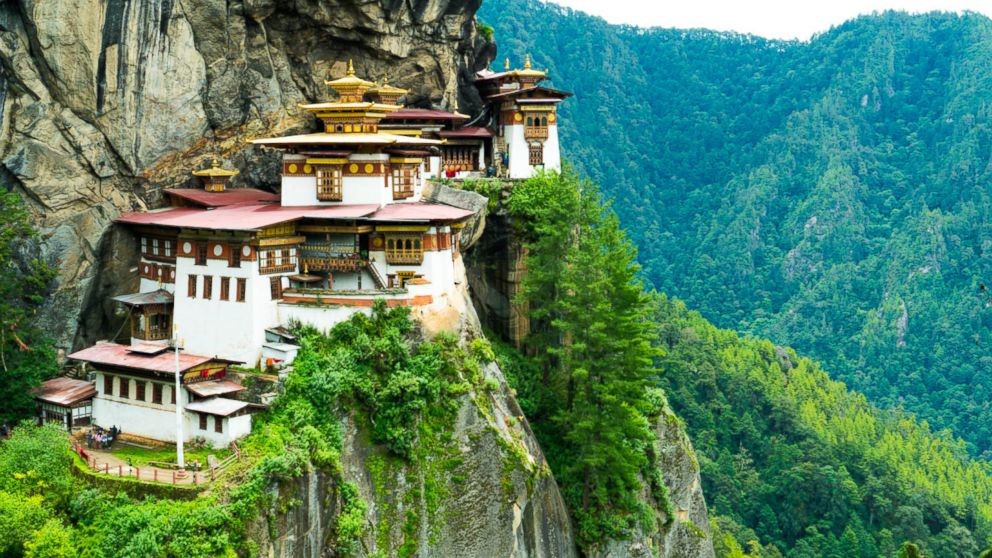
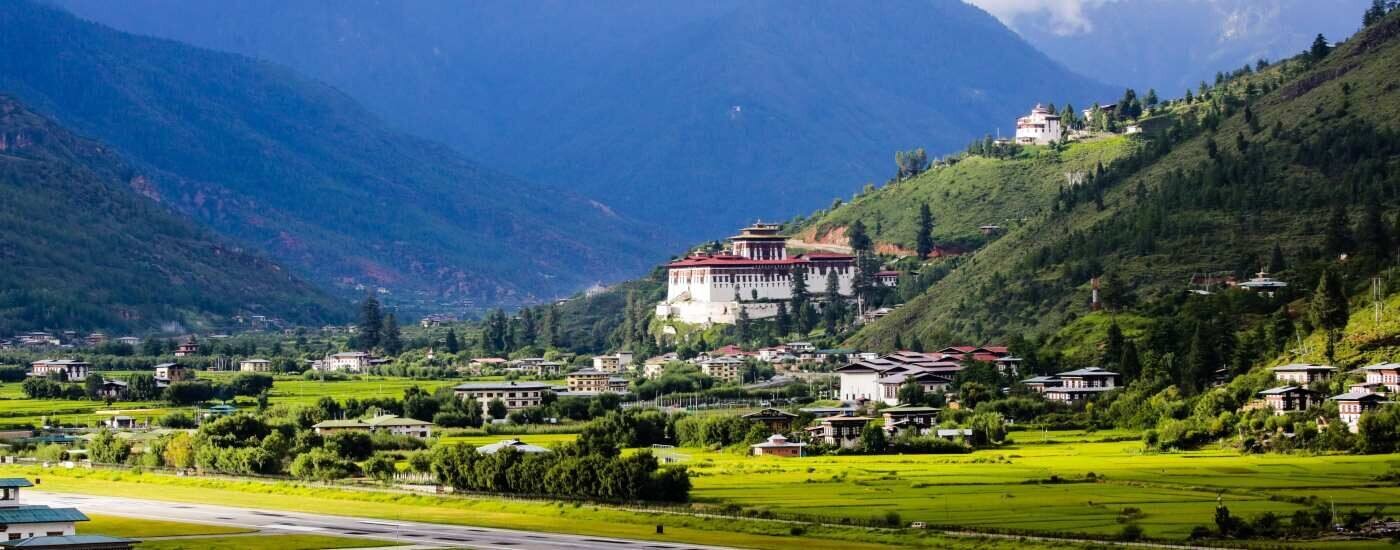
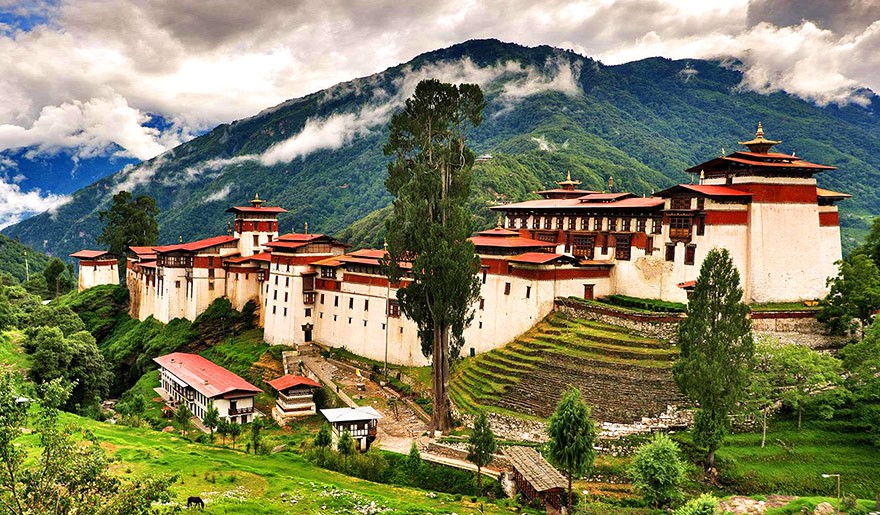
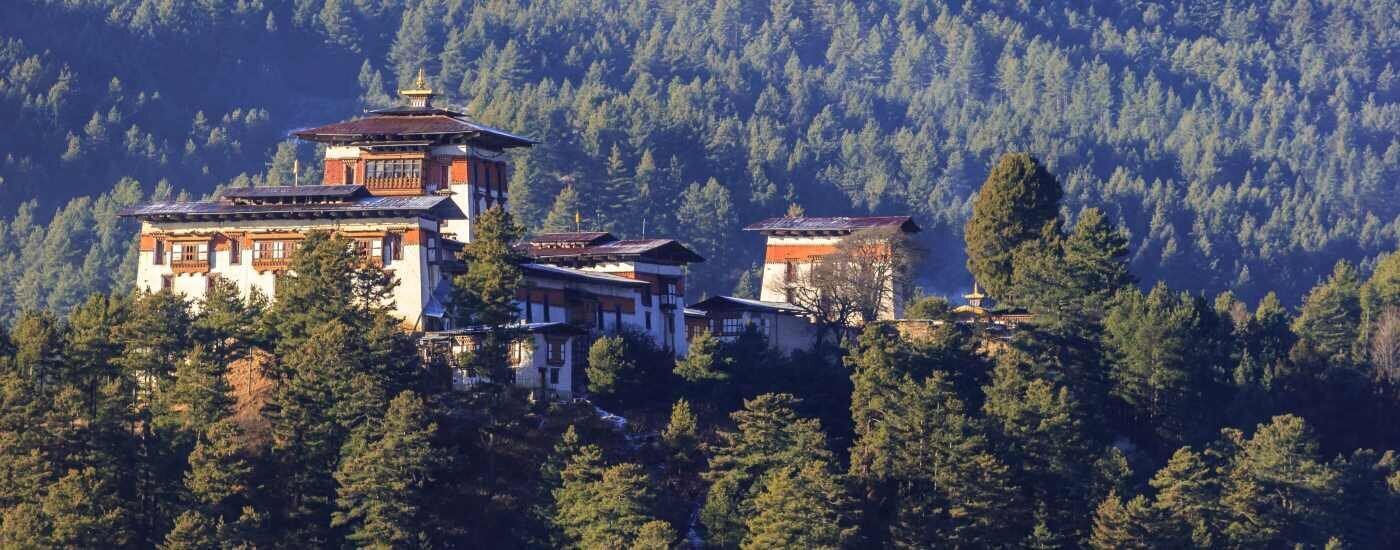


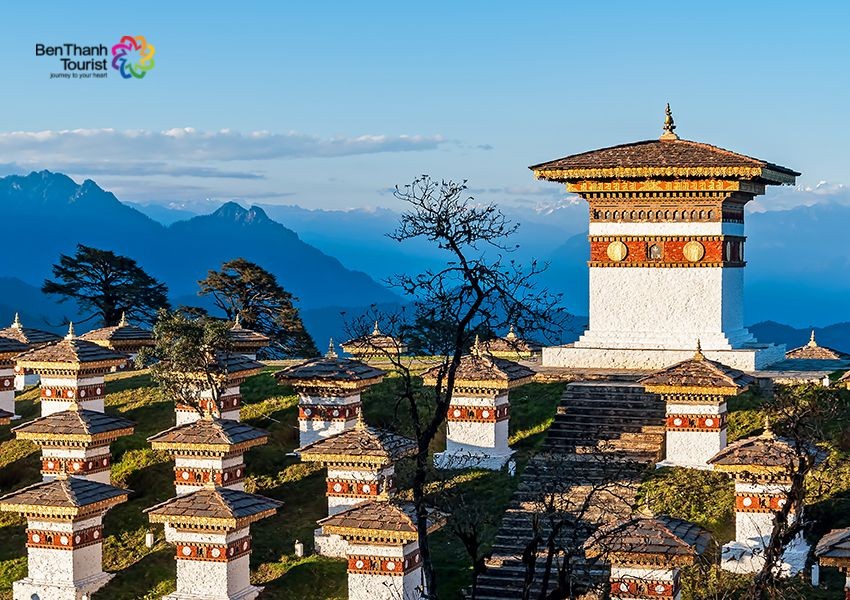
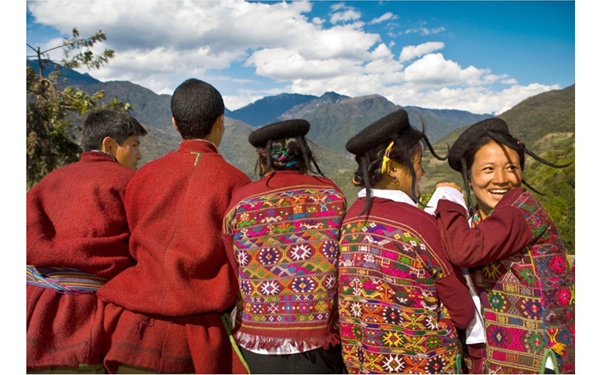
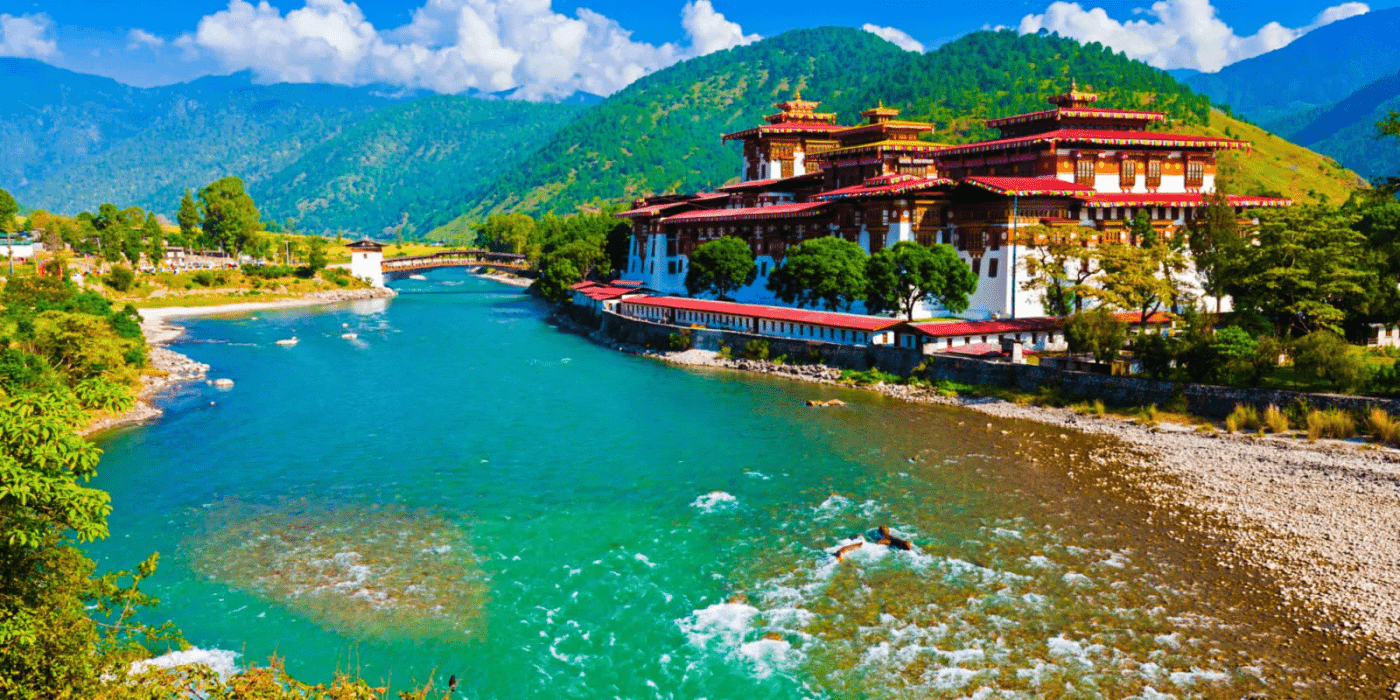
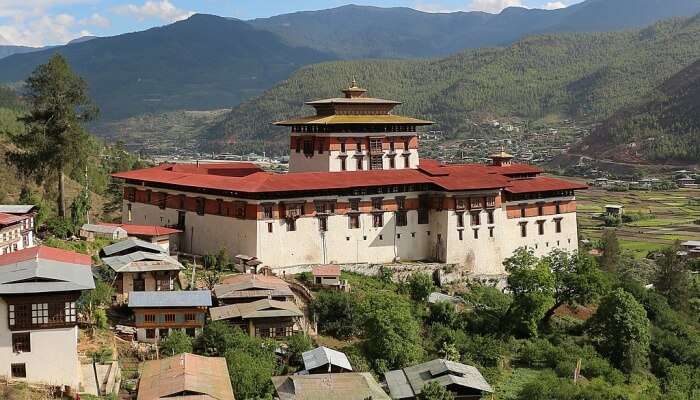

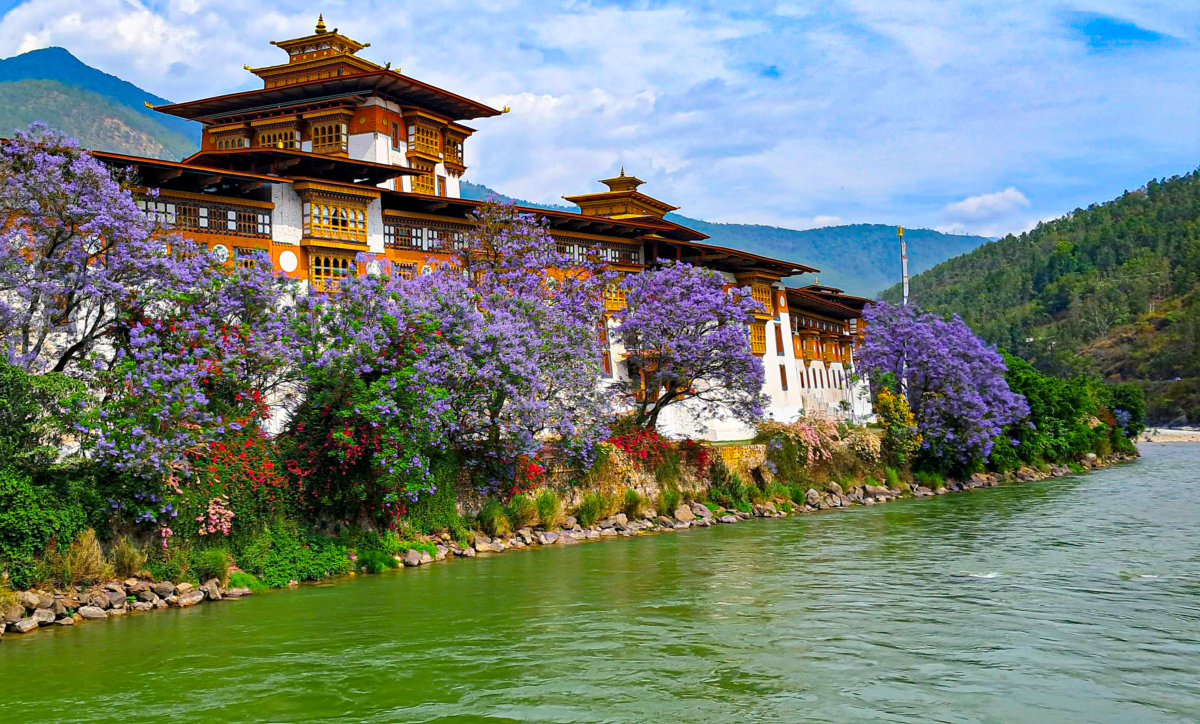
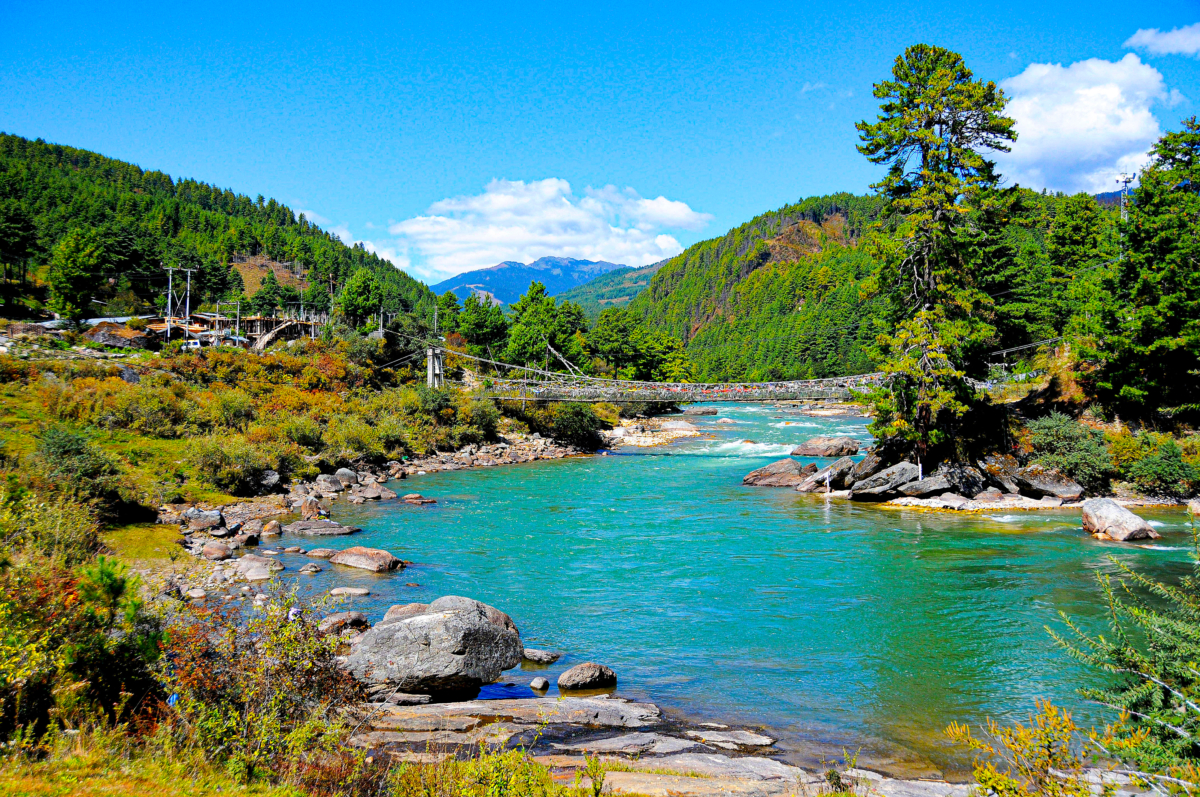
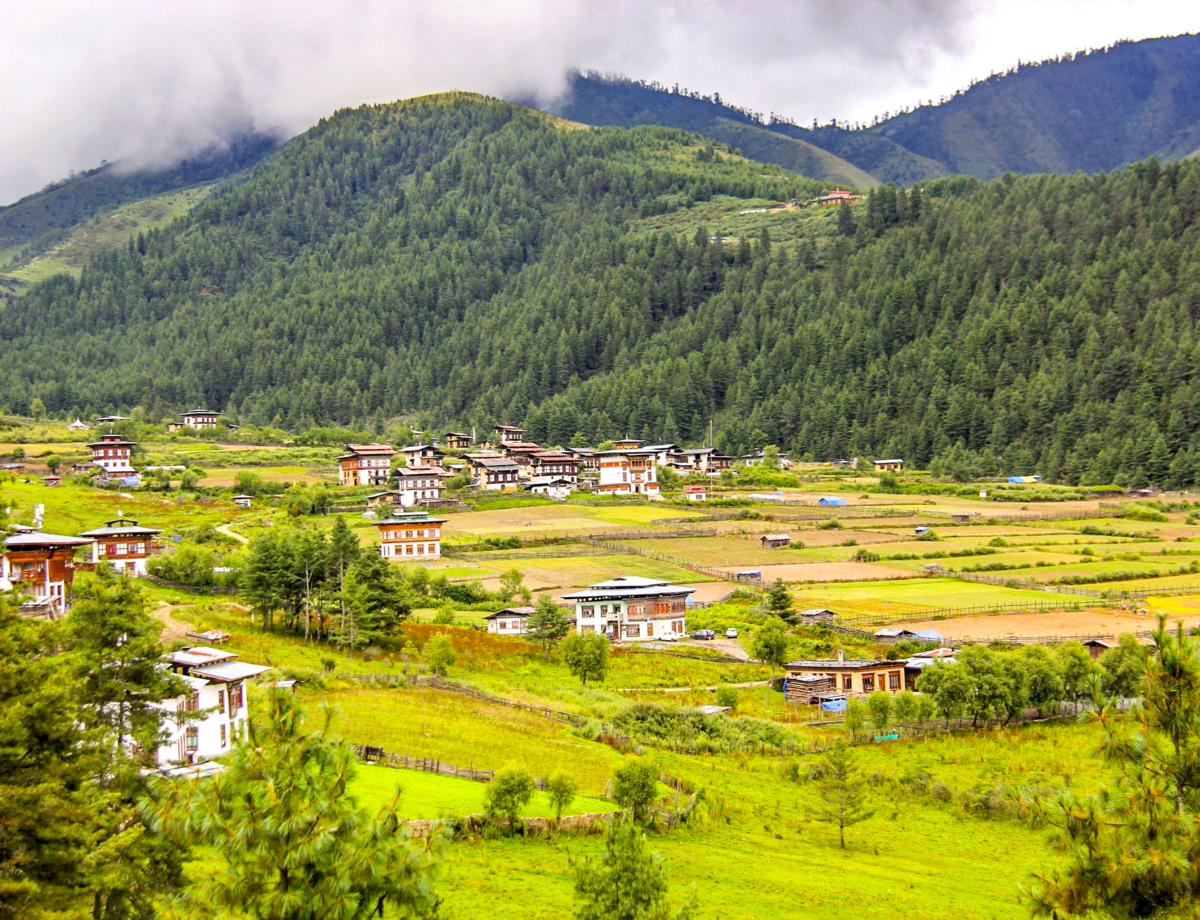
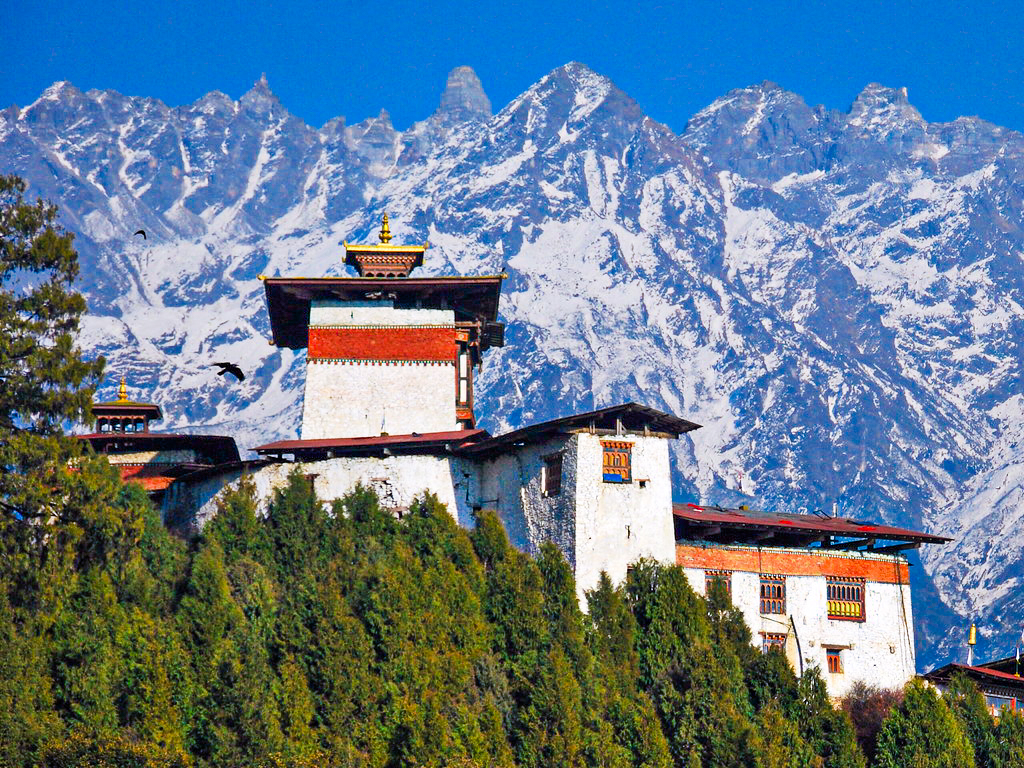
དྲན་གཏམ།
མདོ་རྒྱ་ཆེར་རོལ་པ་ལས།
སྲིད་གསུམ་མི་རྟག་སྟོན་ཀའི་སྤྲིན་དང་འདྲ།།
འགྲོ་བའི་སྐྱེ་འཆི་གར་ལ་བལྟ་དང་མཚུངས།།
འགྲོ་བའི་ཚེ་འགྲོ་ནམ་མཁའི་གློག་འདྲ་སྟེ།།
རི་གཟར་བབ་ཆུ་ལྟ་བུར་མྱུར་མགྱོགས་འགྲོ།
